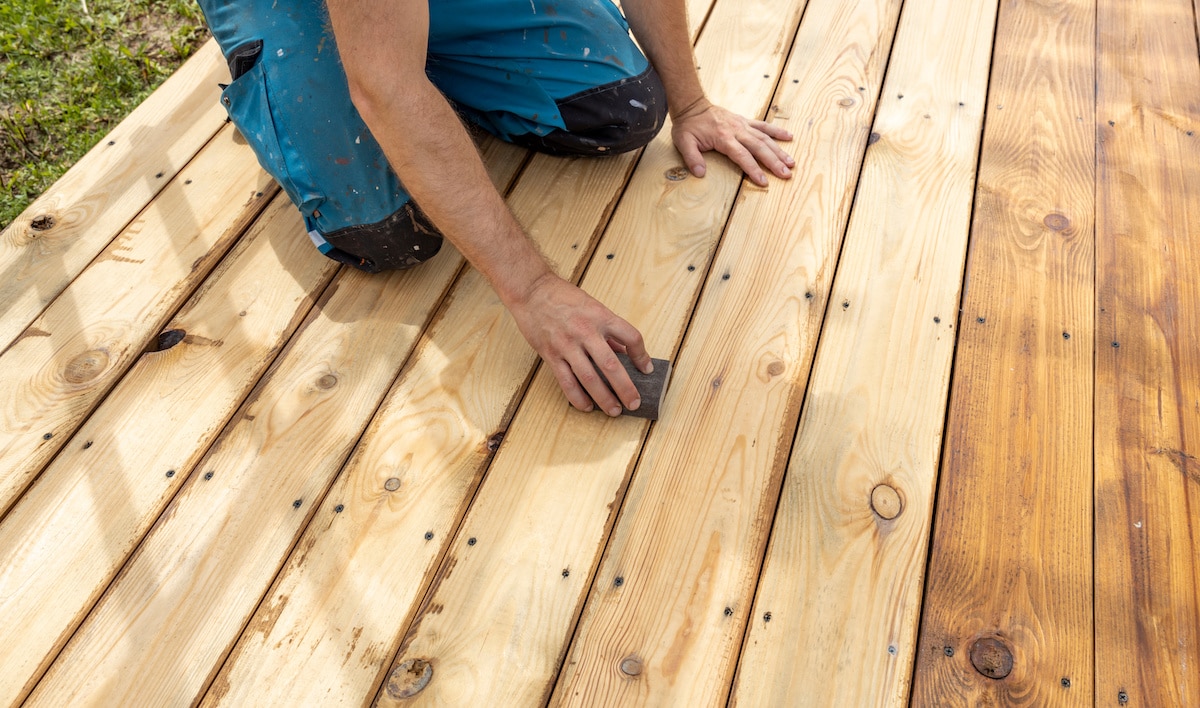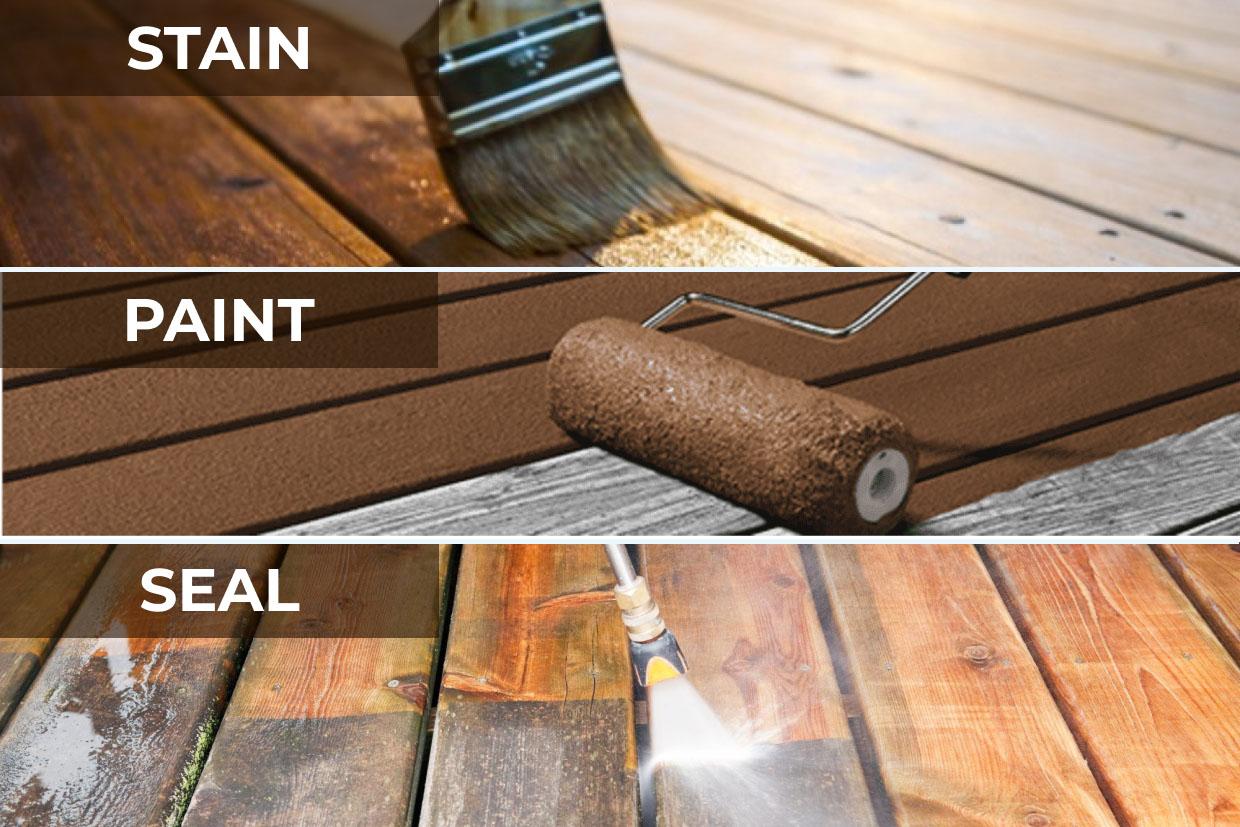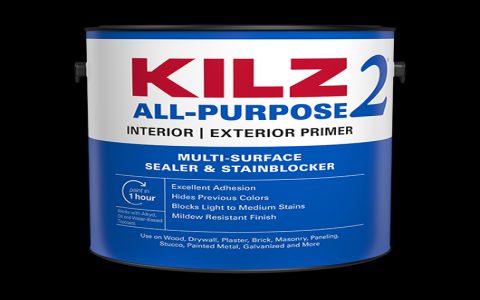Choosing between staining and painting your deck is a critical decision impacting its appearance, longevity, and maintenance. Both options offer protection, but they differ significantly in application, aesthetics, and performance.
Deck Stain
Stain penetrates the wood fibers, accentuating the natural grain and texture. It is available in various transparencies, from clear sealers that offer minimal color to semi-transparent and solid color stains that provide more pigment while still allowing some wood grain to show through.
Pros:

- Enhances Natural Beauty: Stain, especially semi-transparent and transparent types, allows the wood's natural grain and character to remain visible.
- Less Prone to Peeling: Because stain soaks into the wood, it typically fades over time rather than peeling or chipping like paint.
- Easier Reapplication: Re-staining usually involves cleaning the deck and applying a new coat, often without extensive scraping or sanding.
- Allows Wood to Breathe: Most stains allow moisture to escape from the wood, which can help prevent rot and decay from within.
Cons:
- Less UV Protection: Lighter, more transparent stains offer less protection against UV rays and weathering compared to paint or solid stains.
- More Frequent Maintenance: Depending on the type of stain and exposure, it may need reapplication every 1-3 years to maintain protection and appearance.
- Fewer Color Choices: While options are expanding, stains generally offer a more limited color palette, typically in earth tones, compared to paint.
- Doesn't Hide Imperfections: Transparent and semi-transparent stains will not conceal significant blemishes, discoloration, or repairs in the wood.
Deck Paint
Paint forms a thick, protective film on the surface of the wood. It offers the widest range of colors and can completely cover the wood grain and any imperfections.
Pros:
- Maximum Protection: Paint provides a robust barrier against moisture, UV radiation, and foot traffic, potentially offering the longest-lasting protection if applied correctly.
- Unlimited Color Options: Paint is available in virtually any color, allowing for complete customization of your deck's appearance.
- Hides Imperfections: Paint effectively conceals flaws in older or lower-grade wood, such as knots, discoloration, or previous repairs.
- Durability: High-quality deck paint can last for many years before needing reapplication, especially in areas with less extreme weather.
Cons:
- Obscures Wood Grain: Paint completely covers the natural beauty and texture of the wood.
- Prone to Chipping and Peeling: As the wood expands and contracts, or if moisture gets trapped underneath, paint can chip, crack, and peel, requiring scraping and sanding before repainting.
- Traps Moisture: If the paint film is breached, moisture can become trapped underneath, leading to rot and decay that may go unnoticed.
- Intensive Reapplication: Repainting a deck is often more labor-intensive than re-staining, requiring thorough scraping of old, loose paint and proper surface preparation.
Key Considerations for Your Deck
When deciding, consider the following factors:

- Wood Condition and Age: For new, high-quality wood where you want to showcase the grain, stain is often preferred. For older decks with imperfections or a previous painted surface, paint might be a better choice to cover flaws and ensure adhesion.
- Desired Aesthetic: If a natural wood look is your goal, choose stain. If you want a solid, opaque color or wish to match your house trim, opt for paint.
- Maintenance Commitment: Stain generally requires more frequent reapplication but is simpler to re-coat. Paint lasts longer but is more difficult to prepare for repainting once it starts to fail.
- Climate: In very wet climates, paint can offer superior surface protection if maintained. However, a breathable stain might be better if moisture intrusion from underneath is a concern.
Ultimately, the best choice depends on your specific priorities regarding appearance, protection, and the level of maintenance you are willing to undertake.








